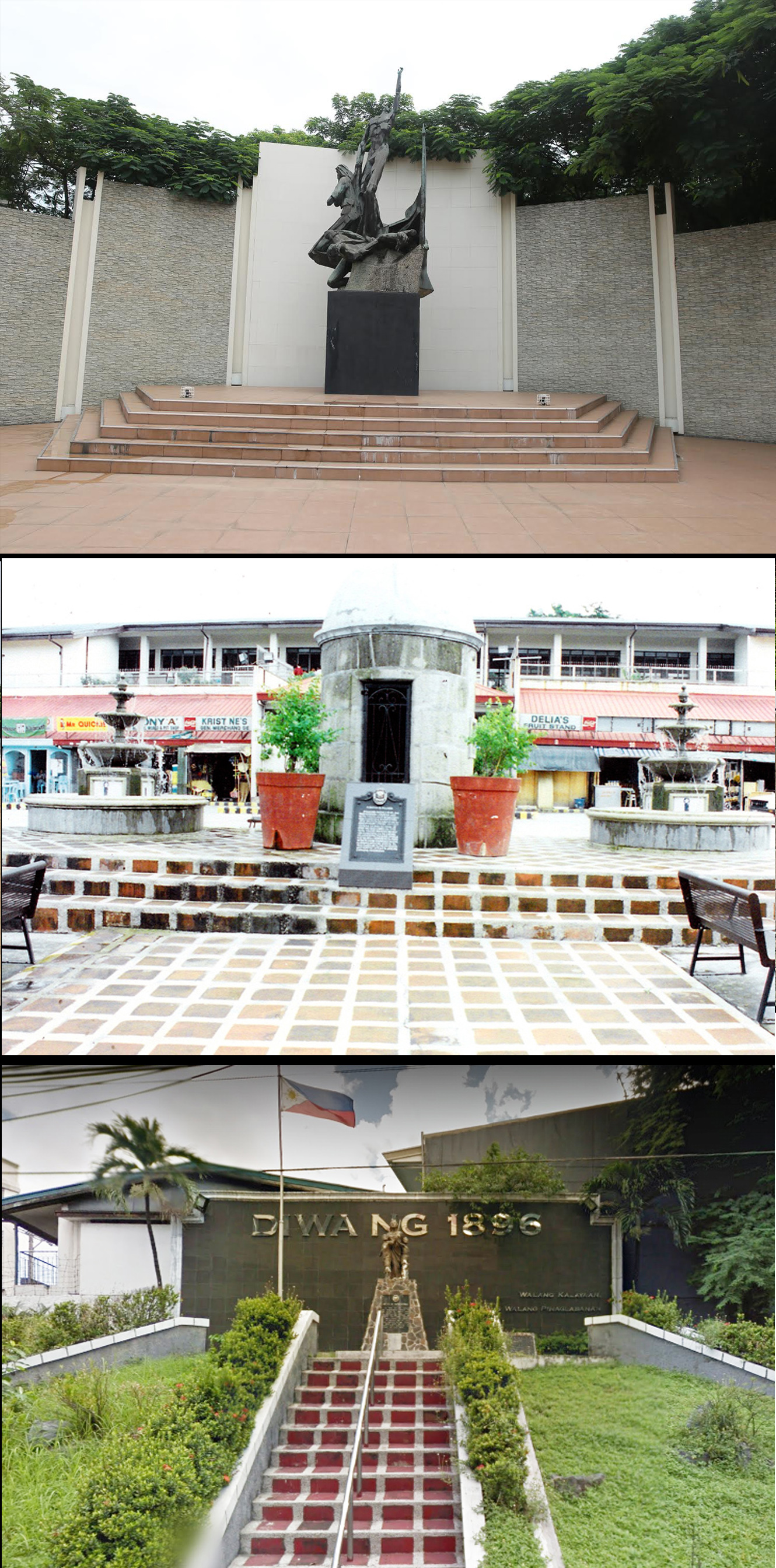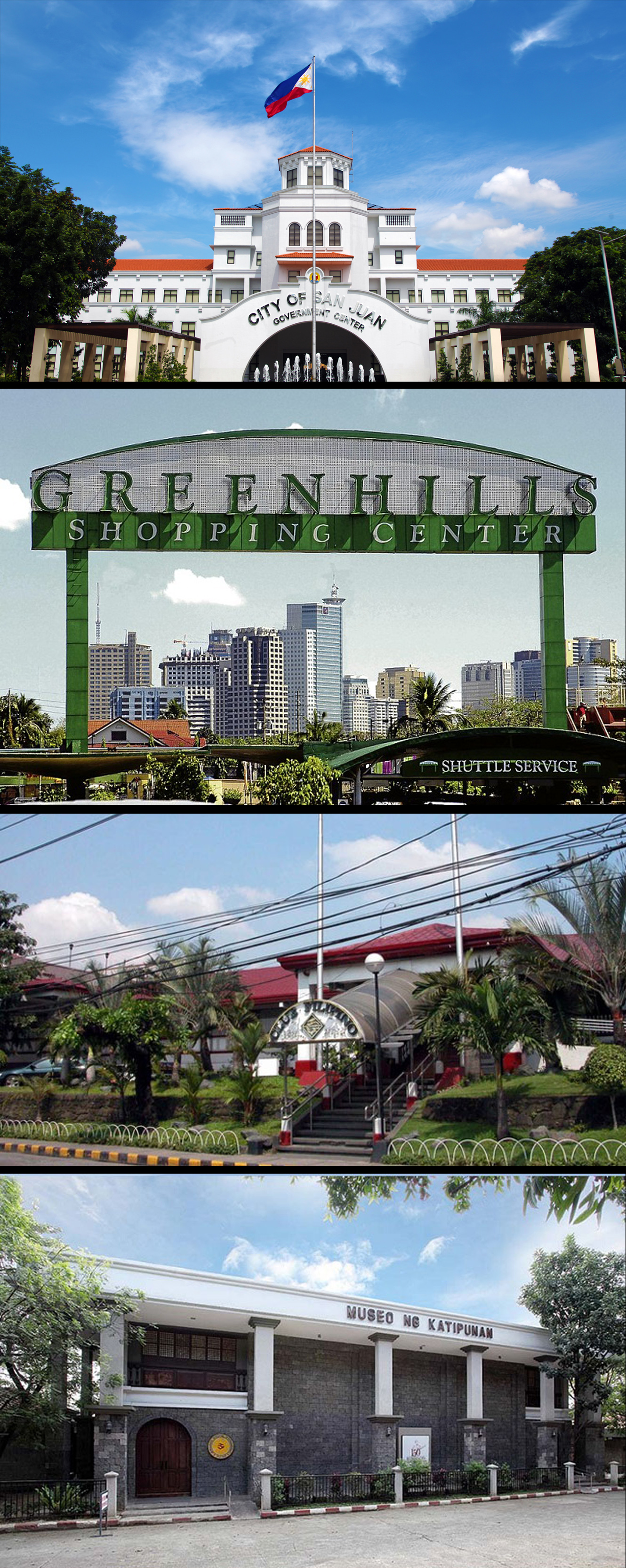San Juan’s long history pre-dates the Spanish colonial period. According to historians, it was last known to be under the rule of Lacantagean and Bouan under the Kingdom of Namayan, currently known as Santa Ana, Manila. Namayan is part of the federation of kingdoms comprising Maynilad, an extensive settlement in the Manila Bay and Laguna de Bay areas. Lacantagean answered to rajahs Soliman, Matanda, and Lakandula who ruled Maynilad. Native Filipinos and Malays grew rice, sugar, and tobacco along with fruits and vegetables.
After Manila was established in 1571 under the Spanish colonial period, the kingdom of Namayan became the parish of Santa Ana ruled by Franciscan friars. It was then renamed San Juan del Monte after its “hilly, wooded, deserted place, to the East, up the Pasig River, one league from Manila, with some few huts or native houses scattered here and there.” Its patron saint is John the Baptist, probably because of its terrain and proximity to the river.
San Juan del Monte’s growth can be largely attributed to when Dominican friars settled in the area. By 1616, the community grew, as well as the presence of priests and churches. There have been setbacks during the Chinese insurrection in 1639 and the British Occupation in 1762-1764 but the barrio of San Juan managed to rebuild itself from the ground up.
In 1783, from a barrio, it was reclassified as a municipality of the province of Tondo due to its growing reputation as a place of peace and rest, its bountiful supply of good drinking water, its popular Santuario del Santo Cristo (a miraculous image of the crucified Christ), and the construction of a gunpowder depot within its borders. With its civil matters managed by its municipal government, San Juan del Monte could finally take the reins and control its own destiny.
Long before the ‘basaan’ became a ritual in San Juan fiesta, San Juan del Monte had already been known for its clean, spring-fed waterways uncontaminated by seawater or the sewage of the nearby city. When its neighboring communities struggled to find potable drinking water, San Juan enjoyed sweet drinking water – some even said it had medicinal properties. Because of this, San Juan’s washerwomen became popular since they wash their clients’ clothes with the cleanest water available. The municipality quickly became known as the “city’s laundry.”
At some point, different solutions to the water problem of Manila were developed to address the needs of the city. A water system was developed and construction began in 1878. The Carriedo Water System was inaugurated in 1882 and the San Juan reservoir, known as the El Deposito, became a tourist attraction.”





